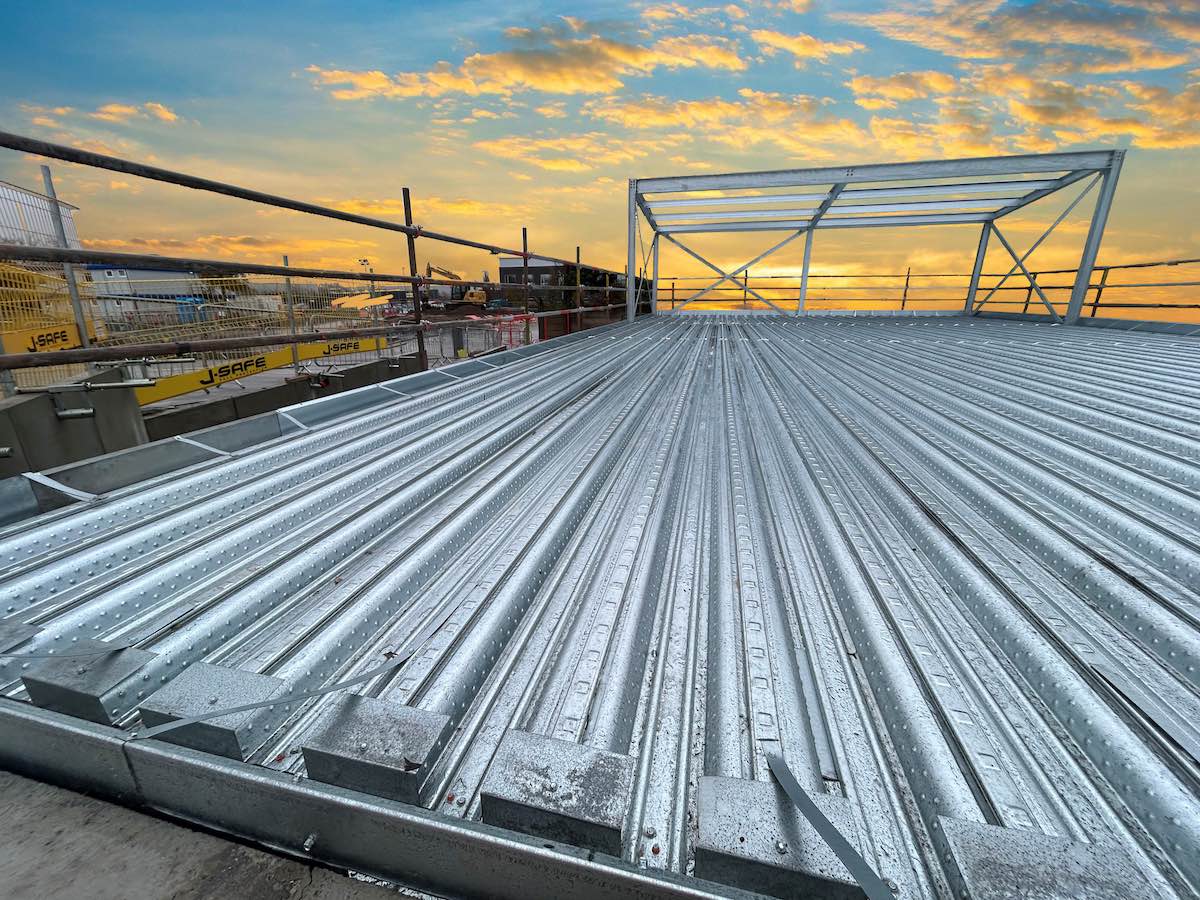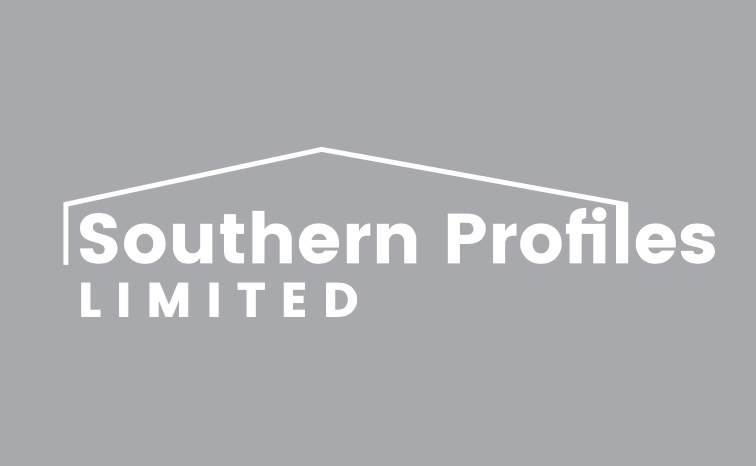- Introduction to Safety Netting
- Definition and purpose
- Importance in construction industry
- Types of Safety Netting
- Fall arrest netting
- Debris netting
- Edge protection netting
- Importance of Safety Netting in Construction
- Preventing falls and accidents
- Protecting workers and bystanders
- Ensuring compliance with regulations
- Benefits of Using Safety Netting
- Enhanced safety measures
- Cost-effectiveness
- Improved productivity and efficiency
- Considerations When Choosing Safety Netting
- Project requirements and specifications
- Environmental factors
- Installation and maintenance needs
- Installation Process of Safety Netting
- Pre-installation preparations
- Installation techniques
- Safety measures during installation
- Case Studies: Successful Applications of Safety Netting
- Real-world examples of projects using safety netting
- Highlight benefits and outcomes achieved
- Regulations and Standards for Safety Netting
- Overview of relevant regulations and standards
- Importance of compliance for safety and liability
- Challenges and Solutions in Safety Netting
- Common challenges in using safety netting
- Strategies and solutions to overcome challenges
- Future Trends in Safety Netting
- Emerging technologies and innovations
- Sustainable practices in safety netting
- Conclusion
- Recap of the importance of safety netting
- Encouragement for implementing safety netting in construction projects
Introduction to Safety Netting
Safety netting plays a crucial role in the construction industry, serving as a protective barrier to prevent falls and accidents. From high-rise buildings to residential projects, safety netting ensures the safety of workers and bystanders, making it an indispensable component of modern construction practices.
Types of Safety Netting
Safety netting comes in various forms to suit different applications and requirements. Fall arrest netting, designed to catch workers in the event of a fall, provides a reliable safety measure for working at heights. Debris netting, on the other hand, is used to contain and prevent the spread of debris and materials, enhancing safety and cleanliness on construction sites. Edge protection netting, installed along the edges of elevated platforms and structures, provides an additional layer of safety to prevent falls and accidents.
Importance of Safety Netting in Construction
Safety netting plays a critical role in mitigating the risks associated with working at heights in the construction industry. By providing a reliable safety barrier, safety netting helps prevent falls and accidents, protecting workers and bystanders from serious injuries or fatalities. Additionally, safety netting ensures compliance with regulatory standards and guidelines, reducing the risk of legal liabilities and financial penalties for construction companies and contractors.
Benefits of Using Safety Netting
The benefits of using safety netting in construction are manifold. Firstly, safety netting enhances safety measures on construction sites, reducing the risk of falls and accidents and creating a safer working environment for all stakeholders involved. Secondly, safety netting is cost-effective compared to other safety measures such as guardrails or harness systems, offering a practical solution for construction companies of all sizes. Lastly, safety netting improves productivity and efficiency by minimizing downtime due to accidents or injuries, allowing projects to progress smoothly and on schedule.
Considerations When Choosing Safety Netting
When selecting safety netting for a construction project, several factors should be taken into account to ensure optimal performance and suitability. Project requirements and specifications, such as the height of the structure and the type of work being performed, will influence the choice of safety netting. Environmental factors, such as wind loads and exposure to sunlight, should also be considered to ensure the durability and effectiveness of the safety netting. Additionally, installation and maintenance needs should be assessed to determine the overall cost and feasibility of using safety netting in the project.
Installation Process of Safety Netting
The installation of safety netting follows a systematic process to ensure proper fit and functionality. Pre-installation preparations involve site inspections and assessments to determine the requirements and specifications of the project. Installation techniques may vary depending on the type of safety netting and the design of the structure. Safety measures are paramount during installation, with protocols in place to prevent accidents and injuries. Post-installation inspections and maintenance are essential to ensure the longevity and effectiveness of the safety netting, with regular inspections and repairs as needed.
Case Studies: Successful Applications of Safety Netting
Real-world examples demonstrate the effectiveness of safety netting in various construction projects. Case studies highlight successful applications of safety netting in commercial buildings, residential complexes, and infrastructure projects, showcasing the benefits and outcomes achieved. From preventing falls to containing debris, safety netting has consistently delivered superior safety performance, protecting workers and bystanders and enhancing the overall quality of construction projects.
Regulations and Standards for Safety Netting
Regulations and standards govern the use of safety netting in construction to ensure compliance with safety requirements and guidelines. In the United States, the Occupational Safety and Health Administration (OSHA) sets regulations for fall protection in construction, including the use of safety netting. Additionally, industry standards such as ANSI/ASSE A10.11 provide guidelines for the design, installation, and maintenance of safety netting systems. Compliance with these regulations and standards is essential for ensuring the safety and well-being of workers and bystanders on construction sites.
Challenges and Solutions in Safety Netting
While safety netting offers numerous benefits, it is not without its challenges. Common issues such as improper installation, inadequate maintenance, and environmental factors can affect the performance and effectiveness of safety netting systems. However, solutions are available to address these challenges, including proper training for installation and maintenance personnel, regular inspections and repairs, and the use of high-quality materials and components. By addressing these challenges proactively, construction companies and contractors can ensure the safety and reliability of safety netting systems on their projects.
Future Trends in Safety Netting
The future of safety netting in construction is marked by emerging technologies and innovations aimed at enhancing safety and efficiency. Advances in materials science and engineering are leading to the development of lighter, stronger, and more durable safety netting materials, improving performance and longevity. Sustainable practices such as the use of recycled materials and energy-efficient manufacturing processes are also gaining traction, aligning with the growing emphasis on environmental responsibility in the construction industry. Customization options and modular designs are on the rise, allowing for greater flexibility and adaptability in safety netting systems to suit different project requirements and specifications.
Conclusion
In conclusion, safety netting plays a vital role in ensuring the safety and well-being of workers and bystanders in the construction industry. From preventing falls and accidents to containing debris and materials, safety netting provides a reliable safety barrier that enhances productivity, efficiency, and compliance with regulatory standards. By considering factors such as project requirements, environmental conditions, and regulatory compliance, construction companies and contractors can make informed decisions and reap the benefits of safety netting in their projects.
FAQs:
1. What is safety netting in construction?
- Safety netting in construction refers to a protective barrier installed at elevated work areas to prevent falls and accidents, protecting workers and bystanders from serious injuries or fatalities.
2. What are the different types of safety netting?
- The different types of safety netting include fall arrest netting, debris netting, and edge protection netting, each serving a specific purpose in enhancing safety on construction sites.
3. Why is safety netting important in construction?
- Safety netting is important in construction to mitigate the risks associated with working at heights, preventing falls and accidents, and ensuring compliance with regulatory standards and guidelines.
4. How do you choose the right safety netting for a construction project?
- The right safety netting for a construction project depends on factors such as project requirements, environmental conditions, and regulatory compliance. Consulting with safety experts and following industry best practices can help in choosing the appropriate safety netting for the project.
5. What are the regulations and standards for safety netting in construction?
- Regulations and standards for safety netting in construction are set by organizations such as the Occupational Safety and Health Administration (OSHA) and industry standards such as ANSI/ASSE A10.11, which provide guidelines for the design, installation, and maintenance of safety netting systems.
Southern Profiles Ltd are safety netting consultants in the UK, specializing in providing comprehensive safety solutions for construction projects. We offer free consultations to clients, ensuring that their projects meet the highest safety standards and regulatory requirements. Contact us today to discuss your safety netting needs and requirements.


